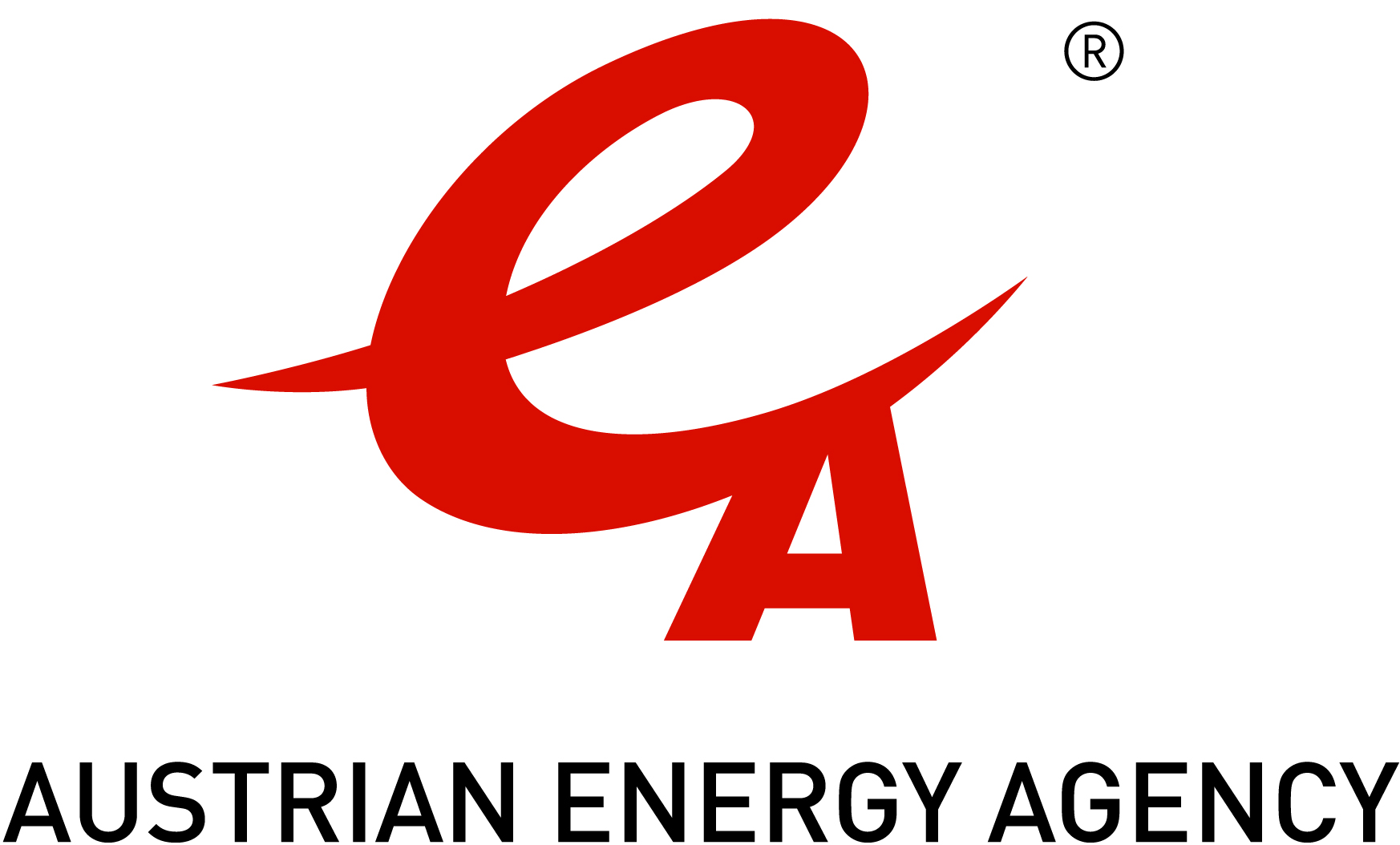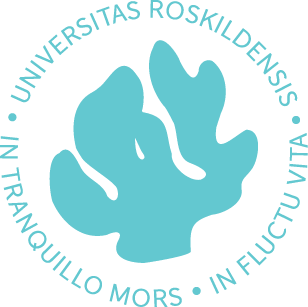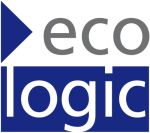The multEE project is structured into four Work Packages, focusing on specific topics and actions. Activities in each work package are split between the project’s 10 partners.
Project coordination: Deutsche Gesellschaft für Internationale Zusammenarbeit

Analysis of status quo and development of inventory for best practices concerning M&V schemes and coordination mechanisms (WP1)
The objective of this work package is the thorough analysis of the status quo in EU member states regarding implemented monitoring & verification (M&V) schemes and established coordination mechanisms. The aim of this analysis is to identify best practices and use them for activities in Work package 2 and to provide a basis for the formulation of recommendations for country-specific coordination mechanisms in Work Package 3.
Leading partner: Centre for Renewable Energy Sources and Saving (CRES)
Development and implementation of a methodology for bottom-up calculation, data collection and integrated M&V, including capacity building (WP2)
The overall objective of this work package is to develop or refine the bottom-up monitoring systems in all participating countries. Apart from the definition of the technical specifications and methodological details, capacity building forms an important part of Work package 2. Specific objectives include the development of country specific bottom-up calculation methods, the definition of data collection processes, the development of an appropriate IT solution for bottom-up monitoring and the implementation of this solution as well as capacity building in the partner countries.
Leading partner: Austrian Energy Agency (AEA)
Development of recommendations for country-specific coordination mechanisms and capacity building (WP3)
The overall objective of this work package is to develop and improve country specific coordination mechanisms in energy efficiency based on the examination of the implemented M&V schemes and coordination mechanisms and the development of an improved bottom-up methodology, data collection and integrated M&V schemes . This work package aims to develop concrete proposals for multilevel governance procedures for each selected partner country in consultation with the relevant public partners. The specific objective is to improve coordination among the administrative levels to increase the effort to implement energy efficiency policies and measures.
Leading partner: University of Roskilde (RUC)
Dissemination and Communication (WP4)
The objective is to ensure that the achievements and outputs of the project are effectively disseminated and to develop communication material based on project findings. Tailor-made communication and dissemination approaches will be designed to make sure key audiences are informed about progress in the project and involved in specific project activities. The main target groups of the project are national level ministries responsible for energy, their sub-ordinate public or (semi-) private bodies such as Energy Agencies, funds or research institutions, as well as local and regional governments responsible for developing and implementing energy strategies within their jurisdiction.
The foundation for the dissemination and communication work was laid by an analysis of the target group of multEE and their preferred communication channels. It turned out that the most important and used distribution channel of information of the project target group is the internet, thus any communication product prepared by the multEE project will be mainly distributed via online tools.
When it comes to the most used communication products, the spotlight is on reports and other publications (brochures, scientific publications, etc.), events, policy briefs and newsletters. Together with websites, the communication tools mentioned were found to be the most influential for the target group.






